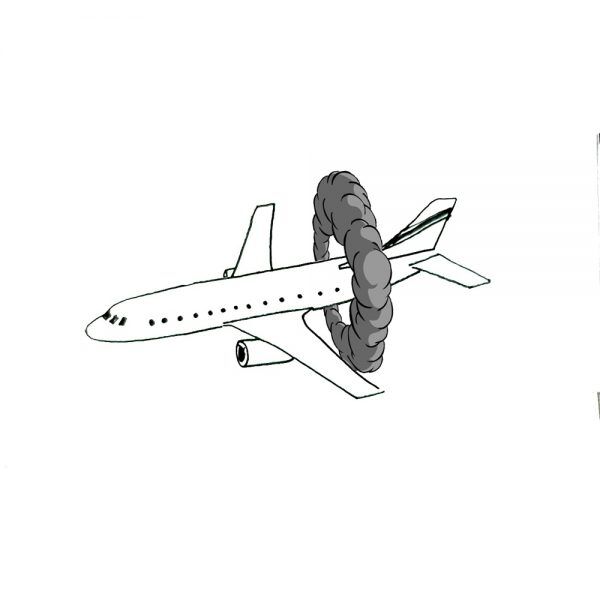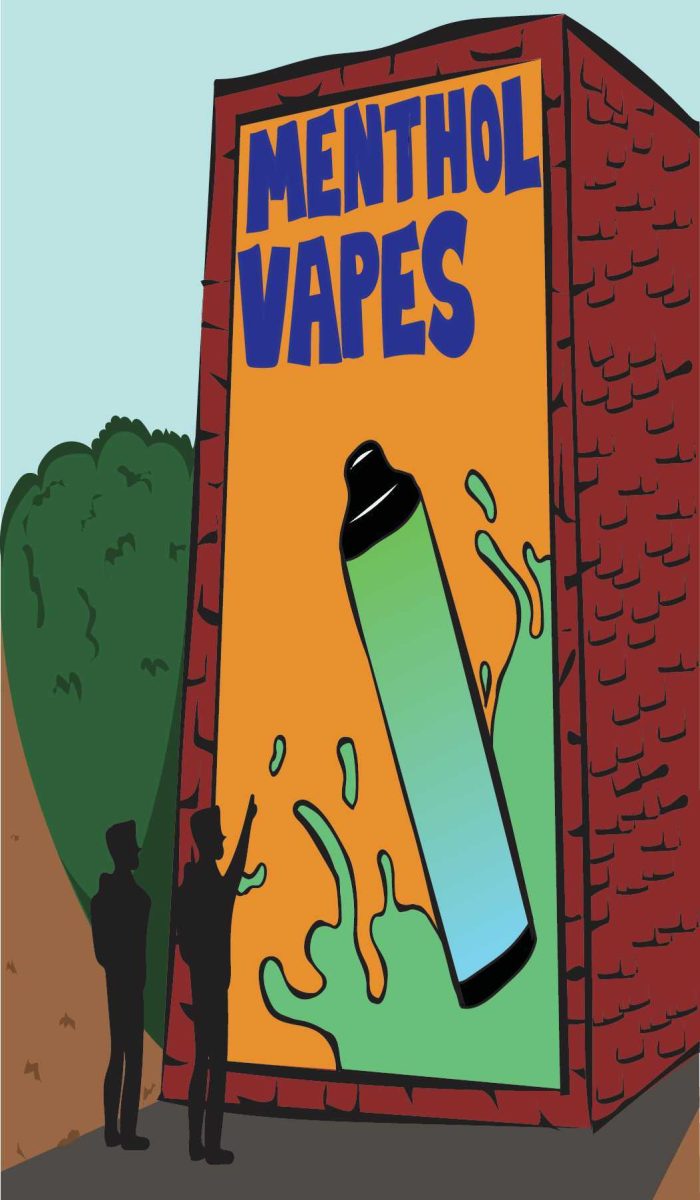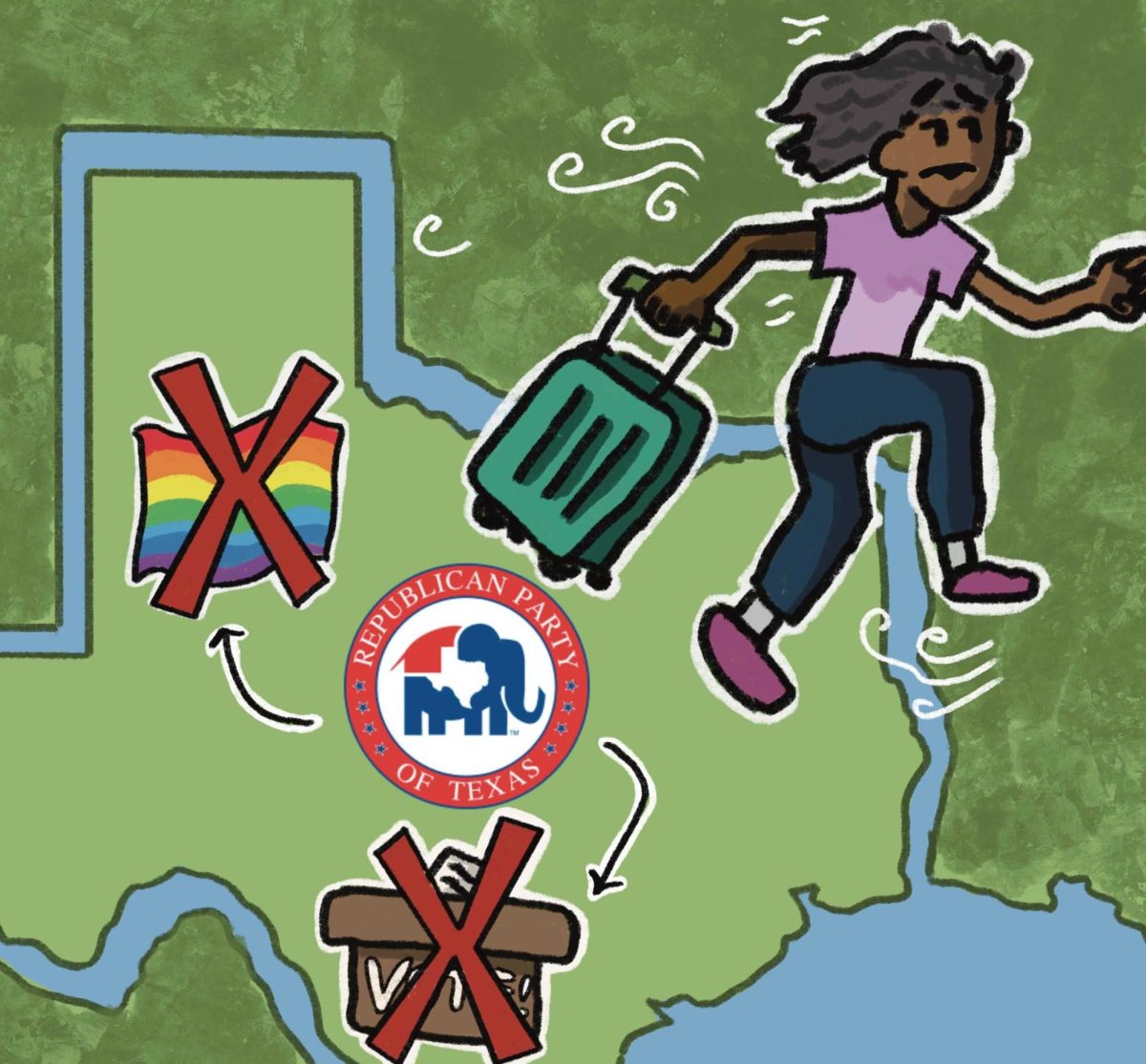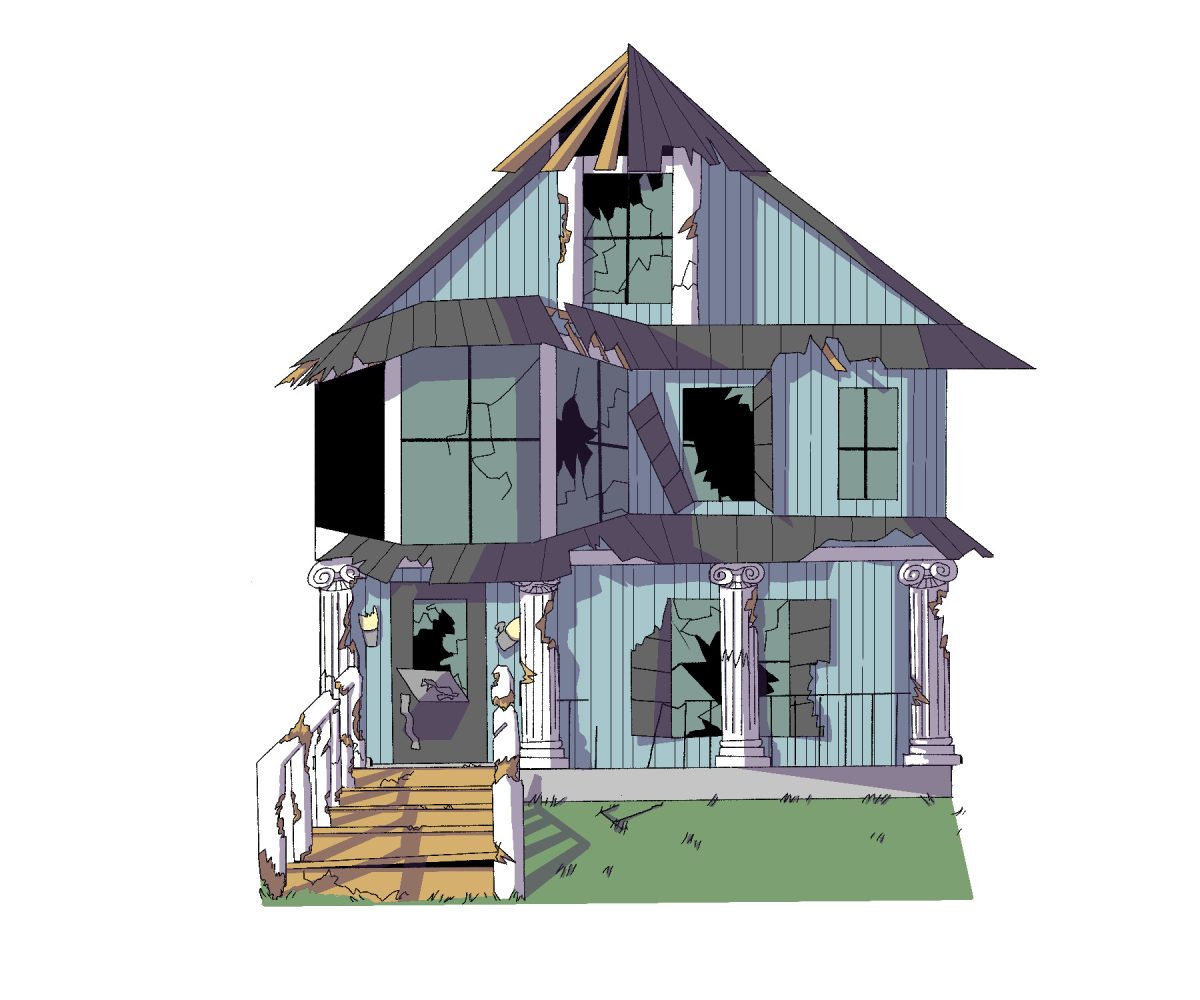CORRECTION: Sasha Ellis, the communications lead for the Low-Boom Flight Demonstration mission at NASA, said NASA will be using its F/A-18 research aircraft for these tests in Galveston instead of the X-59, which will not be used until 2021.
Fifteen years have passed since Concorde graced the skies over the Atlantic with its supersonic speeds, carrying up to a hundred passengers at once from New York to London in only about three hours. The miracle of commercial supersonic flight, however, met its end when operational costs, exacerbated by a post-9/11 air travel slump and outdated equipment, became too high for its sole operators, Air France and British Airways, to justify keeping their small fleets of Concordes in service.
Now, nearly 50 years after Concorde’s first flight, some want to see supersonic transport return. Unfortunately, this would herald the return of the sonic boom and other environmental concerns associated with the regular operation of a supersonic fleet.
Texas has a long history with the sonic boom. Rural central Texas residents recall booms overhead as military aircraft left San Antonio at supersonic speed as recently as the 1980s. Booms like these were experienced by the people of Oklahoma City during the U.S. government’s 1964 experiment, Operation Bongo II, which subjected civilians to regular sonic booms over a highly populated area. After the first 14 weeks of Bongo II, Oklahoma City’s tallest buildings reported 147 broken windows due to the repeated sonic booms.
These tests played a significant part in the American decision not to pursue commercial supersonic transport, leaving only the British-French Concorde development team and the Soviet engineers of the Tupolev Tu-144 in the SST game. The EPA and FAA also used the results of these tests to pass regulations limiting supersonic flight via military enforcement and other strict exemptions when traveling overland—hence why even Concorde could not fly supersonically from New York to Los Angeles.
However, the federal government is bringing supersonic transport testing back to Texas in 2018 with test flights of the Lockheed Martin X-59 QueSST scheduled over the Galveston area in November of this year. NASA claims this new aircraft creates extremely quiet sonic booms—around 75 perceived level decibels at Mach 1.42, just quieter than traffic noise—which they have deemed, in more PR-friendly terms, a “thump.” On the ground in Galveston, 500 volunteers will report back to NASA the perceived noise they hear when these “thumps” occur.
It is just as well that NASA is performing these tests, as they are not the only organization attempting to bring back SSTs. At least three companies—Boom Supersonic, Spike Aerospace and Aerion Supersonic—are developing SSTs set to travel at speeds of Mach 2.2, Mach 1.6 and Mach 1.4, respectively.
While the aircraft in development are primarily designed to be private business jets, Boom Supersonic already has numerous orders from five airlines, like Virgin Group, and in the next 10-15 years, Texans could look up to see aircraft traveling at twice the speed of sound—and be shocked by a sudden sonic boom just as they were a few decades ago.
But sonic booms are not just bothersome. As was seen during Operation Bongo II, glass breaks under sonic boom pressure. Sonic booms with overpressure—that is, the level to which the atmospheric displacement seen in a sonic boom increases pressure above the normal atmospheric pressure—in the range associated with Concorde have caused glass breakage and plaster cracking, which, over residential areas, could cause thousands of dollars worth of damage.
Aside from the effects of sonic booms, SSTs require significantly higher altitudes than conventional subsonic aircraft. Concorde cruised around 60,000 feet, about 17,000 feet higher than the subsonic Airbus A380. The atmospheric chemistry observed at these different levels varies widely, and contaminants which, at altitudes flown by regular subsonic aircraft, have a residence time of a few months can last years at higher altitudes. More supersonic aircraft at these altitudes only increases the effects—multiplying emissions to concerning levels.
In a 1994 review of SST emissions data, undertaken when a small number of Concordes were in regular flight across the North Atlantic, NOAA estimated that regular operation of a relatively sizeable fleet of 500 SSTs could increase atmospheric sulfuric acid concentrations to 200 percent, nitrogen oxides to 250 percent and carbon monoxide to 20 percent in the North American flight corridor.
Emissions of nitrogen oxides and water vapor would contribute to an annually averaged ozone column decrease up to 1.8 percent for the Northern Hemisphere. Climate change is already progressing at a rapid enough rate without the enhancement of the greenhouse effect that regular operation of SSTs could cause.
Although new engines designed to maximize fuel efficiency while minimizing emissions will be used in new SSTs, unlike the early 1970s-era Concorde engines, the fact remains that those same emissions would be released on a larger scale with regular, widespread operation and that the high altitude at which they are released will remain a unique problem.
It may be tempting to pursue commercial supersonic travel. The idea of spending only two or three hours on a journey that would take a subsonic aircraft seven or nine hours is what made Concorde possible in the first place. However, what grounded Concorde forever was its inaccessibility and limitations. NASA’s experiments over Galveston will show whether Americans will accept the sound of sonic “thumps” overhead, and influence changes to the FAA ban on supersonic travel over the United States.
Texans should also be aware of the effects SSTs will have on the environment overhead. If the rate at which the ozone layer over Texas is depleting increases, the amount of UVB radiation in sunlight that reaches the ground will increase, putting Texans at higher risk of non-melanoma skin cancer and the development of cataracts. A three-hour commuter flight is not worth the negative impacts on our atmosphere and health.
– Toni Mac Crossan is a biology senior
Supersonic flight takes off again—and it’s bad for Texas
September 25, 2018

Photo By Cameron Hubbard
Donate to The University Star
Your donation will support the student journalists of Texas State University. Your contribution will allow us to purchase equipment and cover our annual website hosting costs.


















